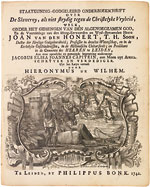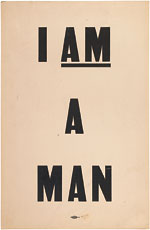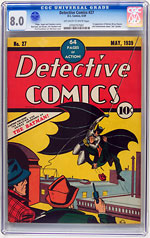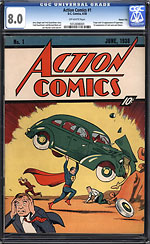Collecting Print
For and Against: Slavery and Emancipation
Jacobus Elisa Joannes Capitein, De Slaverny, als niet strydig tegen de Christelyke Vryheid and “I Am A Man” poster, Swanns of New York on February 25, $13,200 & $40,800
Any pro-slavery treatise would be a bit of a shocker, but one written by an ex- slave is something wholly unexpected. The author of De Slaverny… was a Fante, captured as a child on the Gold Coast (Ghana) and sold to Arnold Steenhart, a Dutch ship’s captain, who brought him back to Holland as his servant and gave him his new name.
Jacob was well treated and well educated, graduating from Leiden University in 1742, but he crowned this academic achievement with a Latin dissertation defending the notion that slavery was not “contrary to Christian freedom.” The unlikely work by ‘ayn Moor uit Afrika’ was then published in both Latin and Dutch in Leiden, and it is no surprise to learn that this apologia for slavery was exploited by its defenders as a form of paternalism.
Following ordination as the first black minister of the Reformed Church, Capitein was sent to the Dutch colony of Elmina on the Gold Coast, but after a disappointing few years returned home to devote his remaining years to the translation of a Fante catechism and grammar.
This was one of the earlier items in a sale of printed and manuscript African-Americana and could hardly have been farther removed in form and content from the other item featured here.
“I Am A Man” is an example of the two posters (the other read “Honor King, End Racism”) carried by those taking part in the sanitation workers’ strike that brought Martin Luther King, Jr. to Memphis, Tennessee, in the first week of April, 1968. Later that same week, as King walked out onto the terrace of his motel, he was assassinated. This small, stiff card poster has since achieved iconic status in the history of the Civil Rights movement.
Batman v. Superman; or, Million Dollar Marvels!
Detective Comics No. 27, Heritage of Dallas on February 25, $1,075,500
Eye-watering sums are now paid for rare comics, and some readers may find it hard to grasp what I am about to report.
Slab mounted, that is to say sealed in plastic to preserve them from grubby or careless hands, what we have here are two collectible comics: one, from May of 1939, saw the first appearance of Batman; the other is an Action Comics issue from June of 1938 that introduced Superman to the world. In an online auction that closed on February 25, Heritage sold the Batman comic for a record-breaking $1,075,500, just two days after Metropolis Collectables of New York announced to the comic world that it had brokered the sale of the first Superman issue for $1 million to a New York collector who already owned a copy but wanted to upgrade!*
Both of these copies are graded 8.0 (out of a possible 10) by CGC, the Comic Guarantee Company. The grading scheme assures serious comic collectors that what they are buying is just what it says on label without actually having to the handle the precious goods. To those who will ask what happens if a reckless owner wants to take the comic out and look at what he has just spent a fortune on, I reproduce below one of the FAQs from CGC’s website.
“We anticipated that many collectors would do just that, even though the certified grade will then no longer be applicable without re-certification. That’s why our holder is designed to allow optimal observation of the comic book inside. Also, we have designed our holder so that it can be opened carefully, allowing for safe removal. Due to the fragile nature of comic books, once our holder is opened, we then recommend the immediate re-certification of the comic book. To re-certify the comic book, the inner label should be returned to CGC to help keep the CGC Census accurate. After opening, the CGC holder cannot be resealed.”
*FB&C readers may also be interested to learn that there exists one example of that Superman comic that carries an even higher grade!
Editor’s Note: As this issue went to press, another copy of the Action Comic No. 1 starring Superman sold for a staggering $1.5 million on the online auction site ComicConnect.com.








 Ian McKay’s weekly column in Antiques Trade Gazette has been running for more than 30 years.
Ian McKay’s weekly column in Antiques Trade Gazette has been running for more than 30 years.


